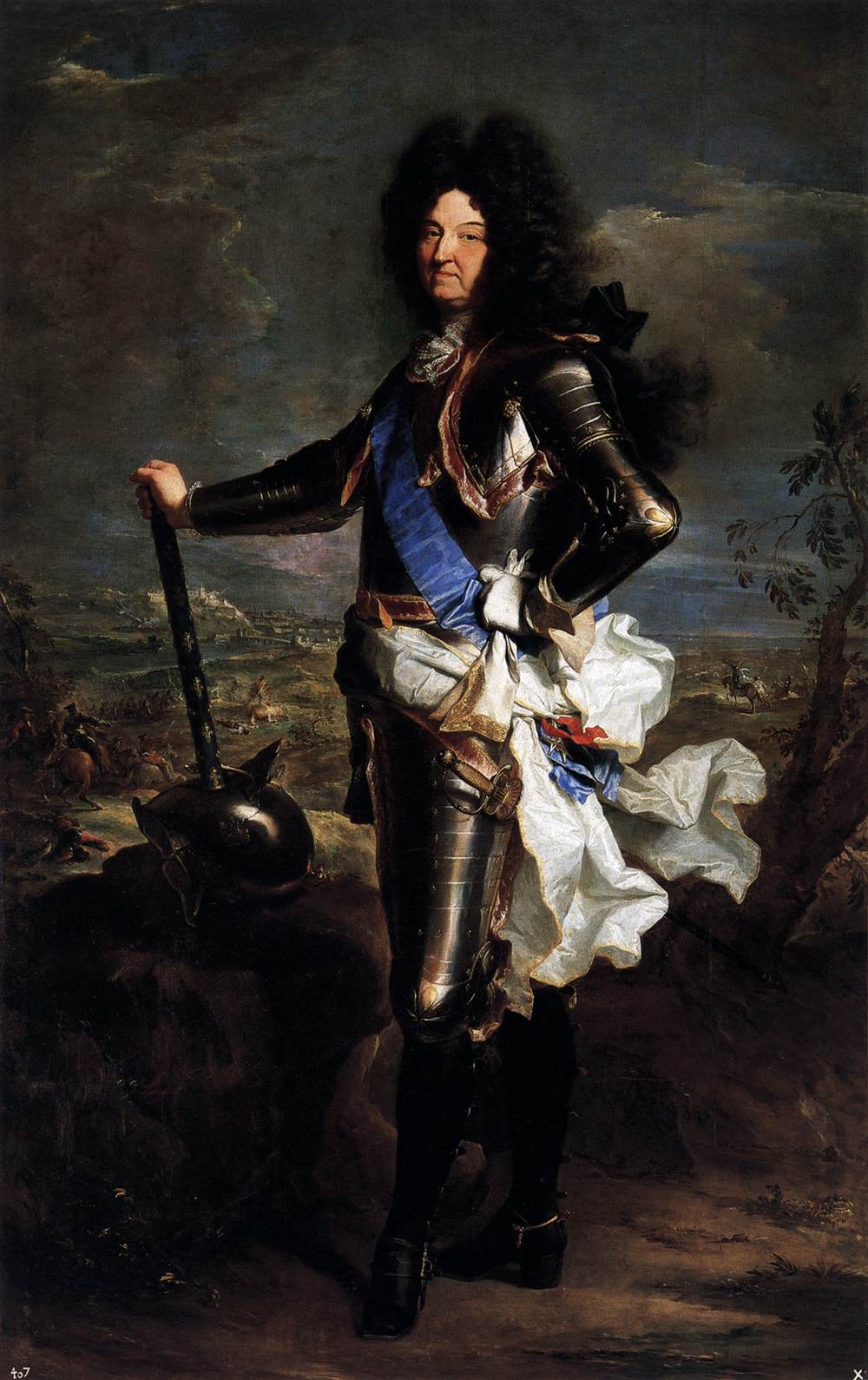For my fall-semester OLLI class I took “Ballet for Adult Beginners,” taught by Lei Shanbhag.
I took the class as enrichment of my movement practice. I felt like adding something very different to my existing range of taiji, running, natural movement, a tiny bit of parkour, and so on, and I thought that ballet would be very different, and yet still fall within the broad spectrum of “movement practice.”
I also took it as cultural enrichment. I wanted to learn a bit of the vocabulary of ballet—both the literal vocabulary (Allongé, Battement, Ronds de jambes), and the movement vocabulary (learning to see a dance as a conversation between the dancers and one another, and with the audience).
As far as enhancing my movement practice, I’d have to say it wasn’t a complete success—I did the moves in class, but I didn’t really learn them.
That’s entirely a matter of my own abilities: I’m just very slow to learn movement stuff. I have crappy mirror neurons, and I can only learn movement stuff verbally—I have to watch the movement, describe it to myself in words, and memorize the verbal description. Only then can I attempt to do the movement, by playing back my memorized description and attempting to execute it.
As perhaps you can imagine, this is not the quick and easy way to learn to dance. The upshot is that I need to go more slowly than most people (so I have time to create the verbal description), do it more times than most people (so I have time to memorize my verbal description), and then do it yet more times (so I can learn to execute the moves that I’ve described).
I could probably have learned, let’s say, half or a third of what was taught, if we’d done just that much, and spent two or three times as long on each thing.
As it was, I enjoyed the moving very well, but didn’t leave each class with one or two specific things I might practice between then and the next class.
I don’t mean this in any way as a criticism of the class, which was enjoyable and informative. I had the sense that other people in the class (all with some sort of dance background) were picking up much more of the movements than I was. And Lei was constantly asking if the amount done was the right amount. I could have said, “Wait! Before we go on, let’s do this one thing 5 more times.” I chose not to, so that’s all on me.
Despite not learning the movements, I nevertheless did the movements (as best I could), so the classes were a nice workout—well structured, with a warmup, stretching, practice of the moves we were learning, and more stretching.
I was more successful at learning the cultural stuff. I didn’t learn every ballet term, but I learned enough to provide some useful context. Now I can look things up and understand them. I also began to learn to see ballet, which is something that I didn’t really appreciate before.
One tidbit that we learned the first day stuck with me: The posture of ballet dance—feet turned out, hips forward, weight forward—dates back to Louis XIV. Basically, turning your feet out lets you activate your glutes, while shifting your weight forward lets you activate your quads. If you’ve got good musculature in your legs, this posture lets you show that off. (Especially if, as Louis often was, you’re wearing tights.)

Basically, ballet dancers stand that way because Louis XIV thought standing that way made his butt look good.
